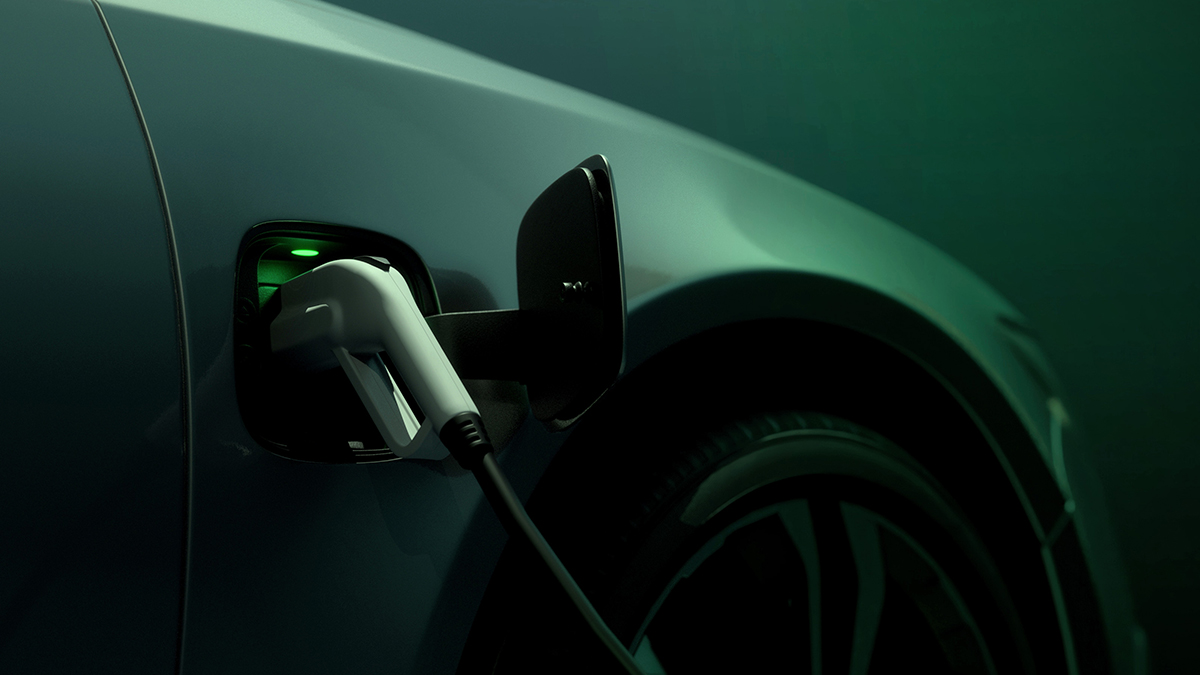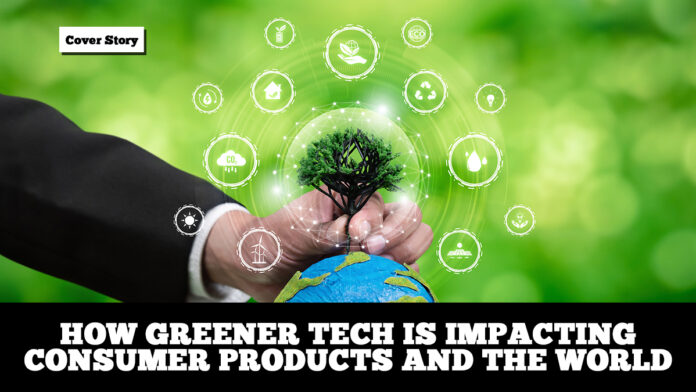The integration of green principles in technology and mobility-related matters is not a new thing. For example, we have gone from Euro 1 to Euro 6 fuel standards in just over two decades. The difference is that in recent times, these have become more mainstream. More and more manufacturers have been integrating eco-friendly principles into their business models. The maturing industry landscape has meant that prices have and will continue to go down for these green products, making them available to even more end users. This change from the status quo comes at a critical time when we are racing against the clock to cap global warming at 1.5°C hotter than the pre-industrial average.
We outline below some of these recent trends that not only make tech more interesting but also more environment-friendly!

Slimmer out-of-the-box offerings and eco-friendly packaging
If you have been canvassing flagship and pseudo-flagship phones during the last couple of years, you probably have noticed that the inclusions in the box have been getting slimmer and slimmer as time goes on. Years ago, the bare minimum was the inclusion of a SIM ejector, wired earphones, charging brick, and charging cable. Then the SIM ejector disappeared, followed by the wired earphones in accordance with the disappearance of the 3.5mm jack. Some of the marquee names in the industry have even gone so far as to remove the charging brick, leaving customers with just the charging cable.
While it can be validly argued that the above are cost-saving measures in order to keep phone prices competitive and boost profits, there is an underlying true environmental reason behind it. In excluding these from box inclusions, manufacturers are encouraging buyers to reuse their current accessories and make the most out of their product life. Let’s face it, most of us probably have a drawer full of cables and bricks that we’ve accumulated over the years. Of course, greenwashing is a thing and these brands still have to be held accountable for the environmental impacts of their end-to-end business processes. But given the fact that in the last decade, an average of 44.16-million metric tons of electronic waste was generated globally per year according to the United Nations University, every little bit of diverted waste counts.
Additionally, some manufacturers have excluded plastic wrapping from and are using more recycled materials in their products’ retail packaging, further reducing their business’ waste footprint.
More affordable electric bills and more stable electric grid
The price of generating solar power has significantly gone down over the years. From a wallet-busting USD 115 per watt in 1975, solar energy in 2021 cost just 0.27 USD per watt according to OurWorldInData. Locally, the market price for solar panel systems without a storage battery ticks at around PHP 50,000 per kilowatt-peak, and around PHP 100,000 per kilowatt-peak for battery-based systems. More affordable solar-powered LED lights, fans, chargers, and battery banks have also become more accessible. So much so that even households in remote villages can purchase solar LED bulbs to light up their homes at night, even if they don’t have reliable on-grid electricity to begin with. Given that the National Renewable Energy Laboratory estimates that the Philippines has a potential solar power capacity of 4.5 to 5.5 kWh per square meter each day, investing in solar energy is a no-brainer.
Moreover, excess energy produced by these systems can be sold back to the grid through the Department of Energy’s (DOE) net-metering program implemented under Republic Act No. 9513 or the Renewable Energy (RE) Act of 2008. The program allows owners of grid-tied solar power systems to sell any extra energy they produce to their utility provider, which is then discounted from their regular power account. Not only does this mean cheaper monthly bills, but it also helps stabilize the grid during times of peak demand. Of course, RE-based electricity has the invaluable advantage of having little to no greenhouse gas emissions, helping slow down global warming.

Steadily growing electric vehicle fleet
In terms of cars, the Electric Vehicle Association of the Philippines (EVAP) forecasts that by 2030, the number of registered EVs in the country will reach 6.6-million units. However, this spectrum of electric vehicles go beyond the typical private four wheeler. You also have more affordable personal mobility devices such as electric scooters, unicycles, and bicycles; and larger carriers such as electric trikes, jeepneys, and buses. These, as well as the growing number of hybrids on the road, all point to an eco-friendlier future of getting people from A to B.
This growth is also being accompanied by the steady increase of the necessary charging infrastructure. EVAP states that as of October 2023, there are around 900 charging stations around the country. The DOE is targeting to have 65,000 chargers by 2028 and over 80,000 more by 2040, encouraging more people to make the shift by ensuring that they will never run out of juice at inopportune moments and locations.
Sure, while charging e-vehicles means relying on traditional electric power sources, they still produce less than half as much life cycle emissions versus a typical car. The more that RE takes up of the local energy mix, the less these life cycle emissions will be. Moreover, more e-vehicles on the road means less environmental pollutants. According to the Centre for Research on Energy and Clean Air, air pollution is the highest environmental risk to human health and the third highest cause of cardiovascular and respiratory diseases. This equates to less oven-like urban areas and a healthier population.
Words by Chris Noel Hidalgo
Also published in GADGETS MAGAZINE January 2024 Issue
